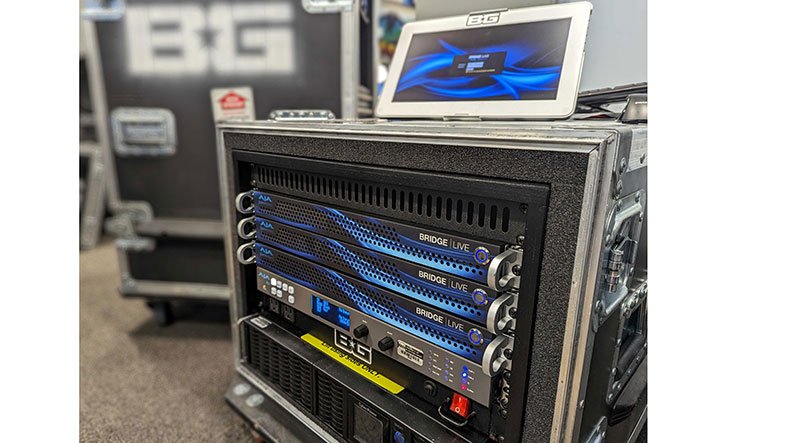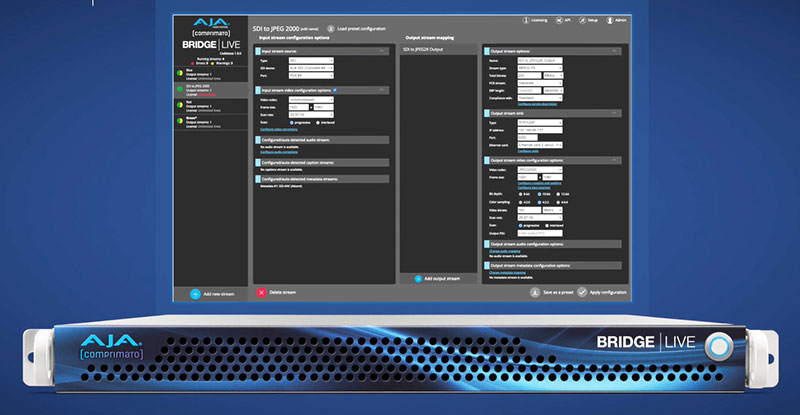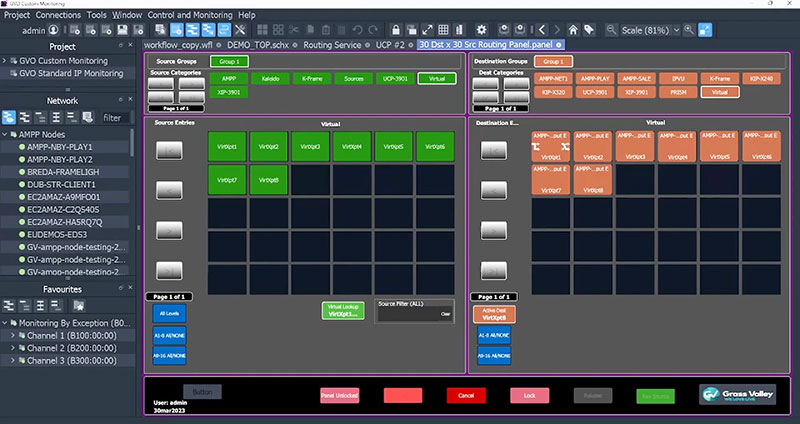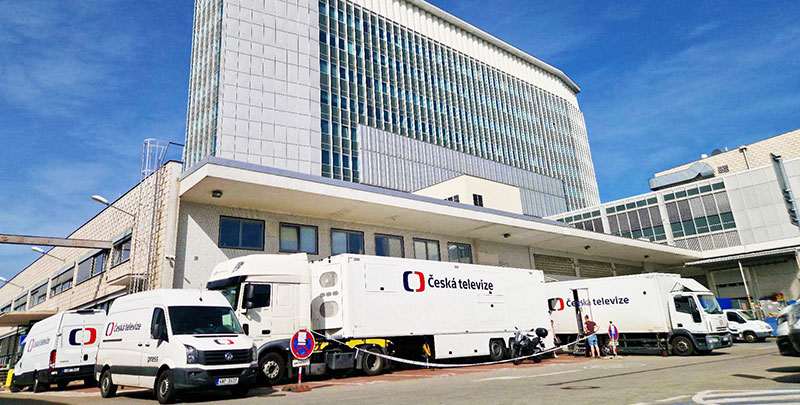BlackStar established a robust technology workflow based on AJA BRIDGE LIVE to support multiple studio and off-site competition broadcasts, and a variety of distinctive deliverables.

Live production services provider BlackStar Group in Baltimore supports some of the biggest names and titles in esports, including Call of Duty League, Overwatch League, Halo, Counter-Strike, Apex Legends, FIFA and Madden, among others. Their team of 17 continues to evolve its processes and regularly explores new workflows.
In response to rapidly expanding demand for virtual events, the company’ team produces up to four competition broadcasts a month, which typically span Thursday through Sunday, and often travels to support off-site events.
Community Building
“At its core, esports is a community-building vehicle, and game developers partner with creatives and production companies like us to build unique, inclusive experiences,” said BlackStar Group Director of Business Development Adam Flynn. “Esports did a major pivot to online events during the pandemic. Like many live event production companies, we ended up leaning on encoding a lot more, and it’s been a major part of what we've been doing since.”
AJA BRIDGE LIVE has become an essential tool in BlackStar’s work, a high performance 12G-SDI video encoder/decoder and stream-based transcoder built for streaming and contribution applications. It is developed with Comprimato, who are experts in GPU-powered video processing and compression.
A typical show for the BlackStar team starts by connecting with the on-site production crew or OB truck staff. Working with production engineers, the team arranges all final video feeds to be transmitted to its rack, which includes four BRIDGE LIVE units.

The transmissions are then separated, monitored and tested on the BlackStar distribution platform. From there, the team can send low-latency feeds to remote producers, or private, high quality feeds to most of the online platforms such as Twitch, YouTube, Facebook and others. They can also be packaged for broadcast on major channels, including ESPN, ABC and FOX, and occasionally, they may also send select clean feeds to international broadcasters.
Reliable, Flexible, Low Latency
When they first began producing remote shows in 2020, BlackStar would initially use cloud-based applications for remote encoding, before employing in-house encoders. After running into issues with those devices, they opted to upgrade to BRIDGE LIVE, which made synchronising remote game casters much easier and reduced latency by three seconds.
“Delayed commentary takes you out of the experience, and no one wants that. The low latency and multi-point sync we can achieve with BRIDGE LIVE are fantastic and its overall reliability is invaluable,” said BlackStar Group Encoding Engineer Pat Marcoux. “The biggest change that this synchronisation has made for us is the ability to manage multichannel audio, which was previously a major pain point.
“BRIDGE LIVE eliminates this challenge and has strengthened our ability to archive the available data in a way that enhances its value. We can send our main broadcast to an ingest server and separate the feeds, such as the main program, clean, casters only and analysts only. All audio is available to us, and we can ingest it very quickly.”
Future Workflows
Currently, BlackStar has six BRIDGE LIVE devices, using two in the studio and four in travel racks. The team assembles gear for each show depending on its particular needs, although BRIDGE LIVE remains a constant because reliability and uptime are crucial for esports broadcasts, which range from 8 to 12 hours.

“I won't send anything out to an event that can’t handle long-term streams, and BRIDGE LIVE beats other gear I've tried,” said Pat. “Because we can use BRIDGE LIVE to send feeds to multiple endpoints, we can send them to our failover distribution platforms and specify which feed it’s going to in terms of the data centre it's headed for.
“We’re proud that we haven't had any stream outages that weren't platform-based in the past ear. With BRIDGE LIVE, we can execute a range of pipelines, synchronise multiple varied sources and connect to diverse locations over different ISPs. This flexibility is extraordinary because it means we can send the device to multiple locations without incurring extra overhead.”
Because demand for sophisticated esports broadcasts has remained strong, the BlackStar team anticipates further industry maturation, which will, in turn, raise audience expectations. Pat said, “Along with greater focus on merchandising content, we expect to see more organisations request access to clean feeds so they can deliver community broadcasts and co-streams. BRIDGE LIVE makes that a lot easier because these esports competitors don't live in the same area. Being able to supply them with quick, low-latency feeds they can use in their own broadcast is going to be huge.” www.aja.com




















